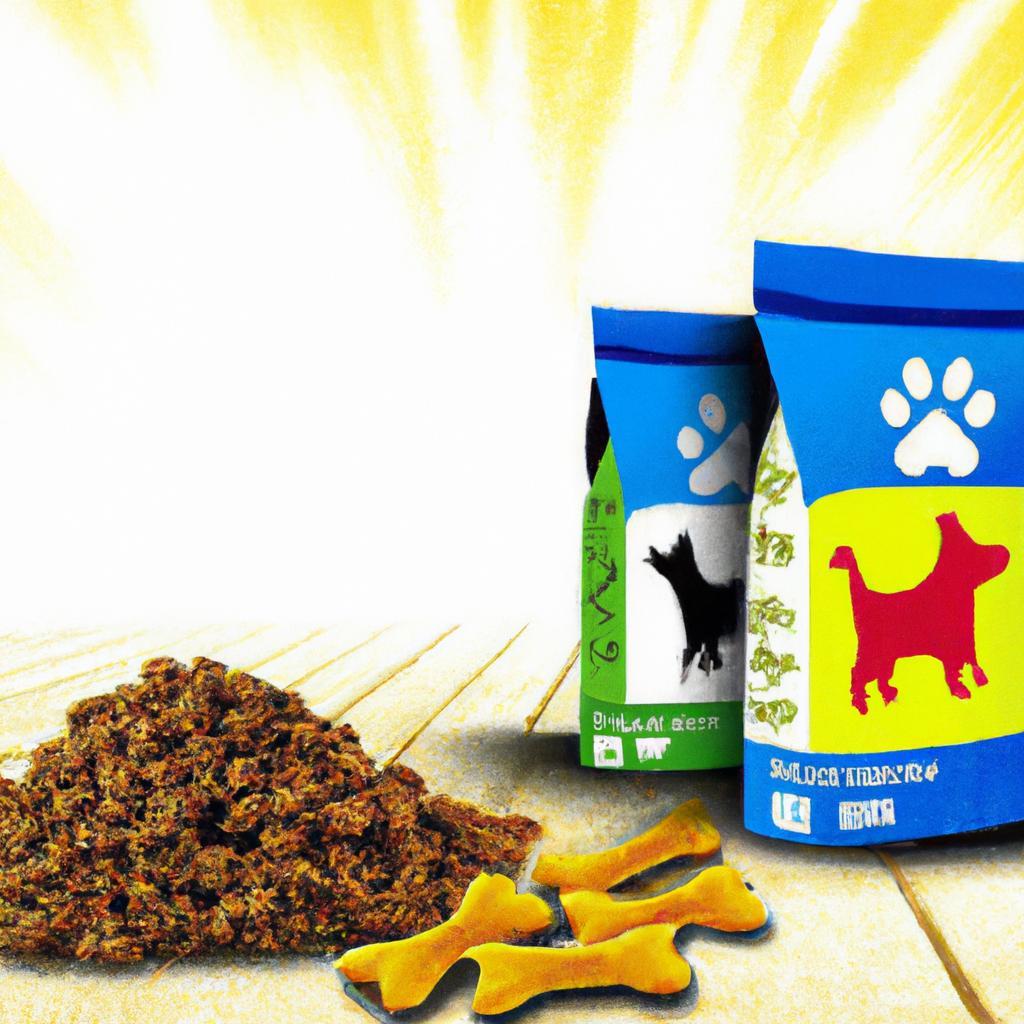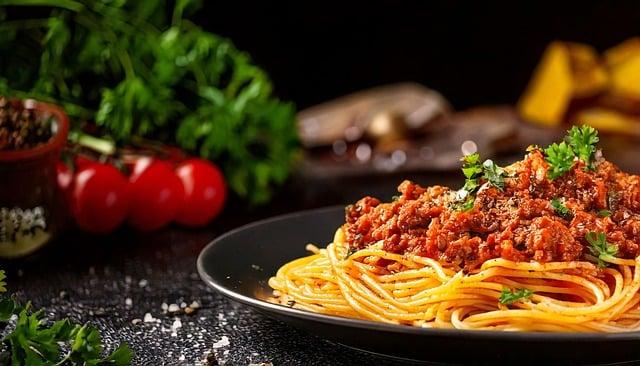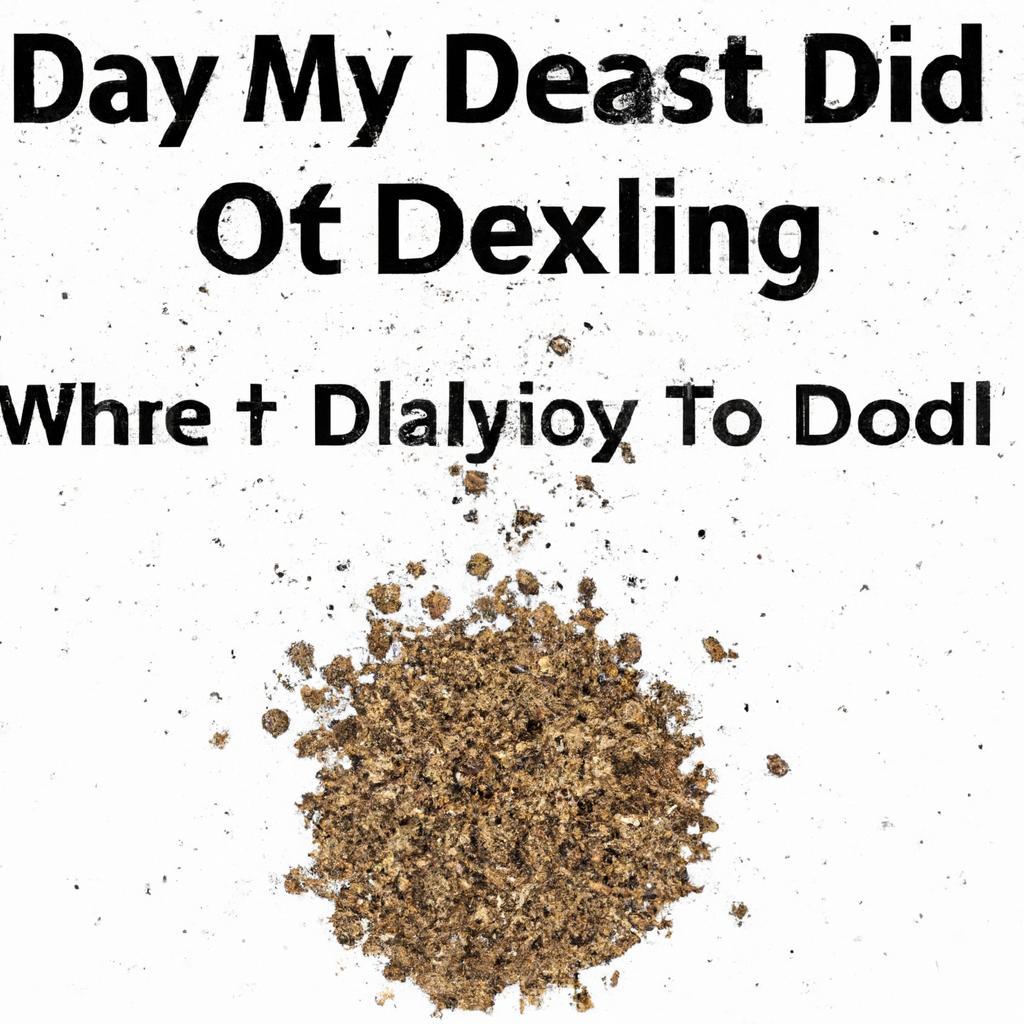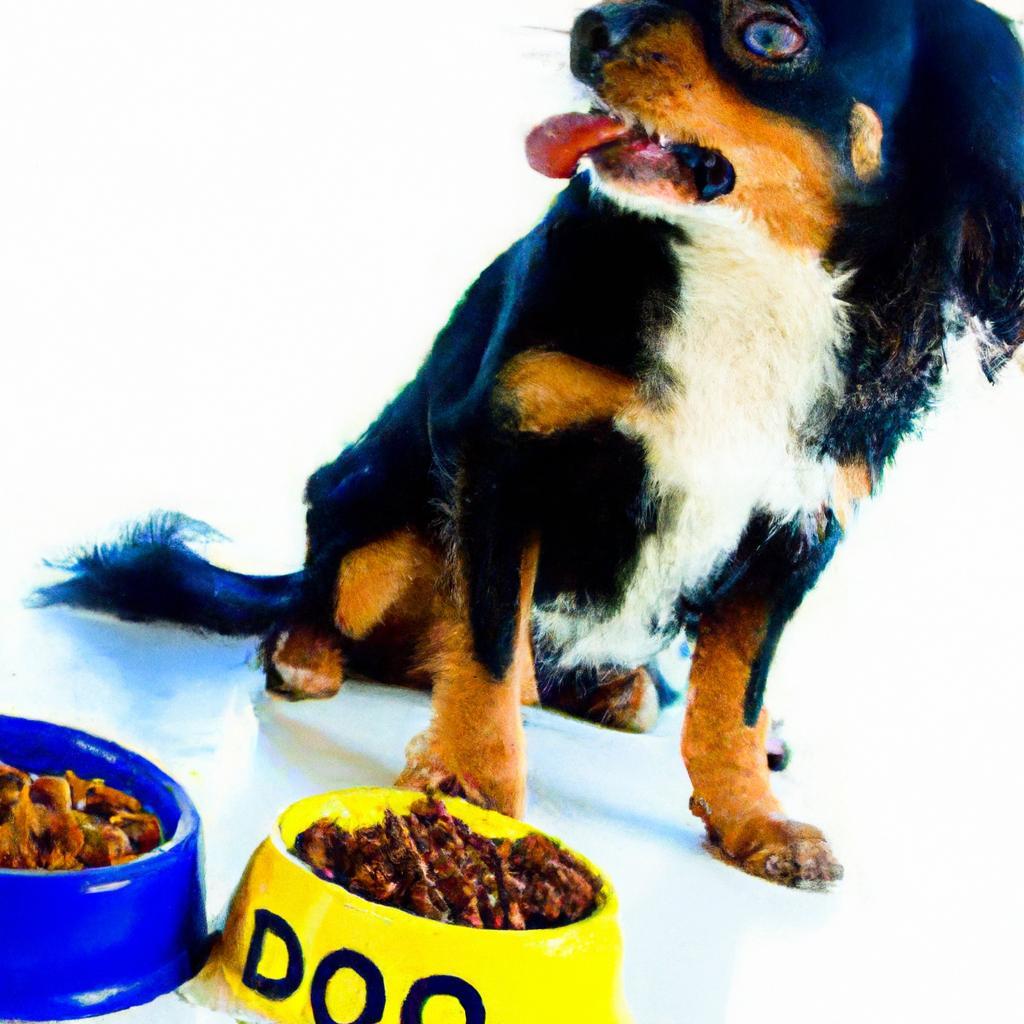Imagine a busy morning where you’re rushing to get ready for work, but your dog, Max, is staring at you with those big, hopeful eyes. You want to give him the best, but time is tight. Mixing wet and dry dog food could be the perfect solution! This combination not only enhances flavor and texture, making mealtime more exciting for Max, but it also provides a balanced diet rich in nutrients. Plus, the moisture from wet food helps keep him hydrated. So, why not treat your furry friend to a delicious mix that supports his health and happiness?
Contents
- Understanding the Nutritional Benefits of Mixing Wet and Dry Dog Food
- Evaluating Your Dogs Dietary Needs for Optimal Health
- Practical Tips for Safely Combining Wet and Dry Dog Food
- Common Myths Debunked: The Truth About Mixing Dog Food Types
- Q&A
Understanding the Nutritional Benefits of Mixing Wet and Dry Dog Food
Combining wet and dry dog food can offer a variety of nutritional benefits that cater to your dog’s specific needs. One of the primary advantages is the enhanced flavor and texture that wet food brings to the mix. Dogs are often more inclined to eat when their meals are appealing, and the moisture content in wet food can make the overall meal more palatable. This is particularly beneficial for picky eaters or dogs that may be recovering from illness and need encouragement to eat.
Moreover, mixing these two types of food can provide a balanced diet that incorporates the strengths of both. Dry food is typically rich in essential nutrients and helps maintain dental health by reducing plaque and tartar buildup. On the other hand, wet food is often higher in protein and moisture, which can support hydration and overall health. By combining them, you can ensure that your dog receives a well-rounded diet that meets their nutritional requirements.
Another significant benefit is the potential for improved digestion. Wet food can aid in digestion due to its higher moisture content, which can help soften the kibble and make it easier for your dog to chew and swallow. This is especially important for older dogs or those with dental issues. Additionally, the combination can help regulate your dog’s bowel movements, as the fiber content from both food types can promote a healthy digestive system.
mixing wet and dry food allows for greater flexibility in meal planning. You can easily adjust the proportions based on your dog’s activity level, age, and health needs. This adaptability can be particularly useful for dogs with specific dietary requirements or those undergoing weight management. By offering a varied diet, you not only keep mealtime interesting for your furry friend but also contribute to their overall well-being and happiness.
Evaluating Your Dogs Dietary Needs for Optimal Health
When considering your dog’s diet, it’s essential to evaluate their specific nutritional needs to ensure optimal health. Mixing wet and dry dog food can be a beneficial approach, as it allows you to harness the advantages of both types. Wet food often contains higher moisture content, which can aid in hydration and is particularly beneficial for dogs that may not drink enough water. On the other hand, dry food is typically more calorie-dense and can help maintain dental health through its crunchy texture.
Before making any changes to your dog’s diet, it’s crucial to assess their age, weight, activity level, and any existing health conditions. **Puppies** may require more protein and fat for growth, while **senior dogs** might benefit from lower-calorie options to prevent obesity. Additionally, dogs with specific health issues, such as kidney disease or allergies, may need specialized diets. By understanding your dog’s unique requirements, you can create a balanced meal plan that incorporates both wet and dry food effectively.
Combining wet and dry food can also enhance palatability, making mealtime more enjoyable for your furry friend. Dogs are often more inclined to eat when their meals have varied textures and flavors. To achieve the right balance, consider mixing a portion of wet food with dry kibble. This not only adds moisture but also provides a mix of nutrients that can support overall health. **Experimenting with different ratios** can help you find the perfect combination that satisfies your dog’s taste buds while meeting their dietary needs.
Lastly, always consult with your veterinarian before making significant changes to your dog’s diet. They can provide personalized recommendations based on your dog’s health status and dietary requirements. By taking a thoughtful approach to mixing wet and dry food, you can ensure your dog receives a well-rounded diet that promotes longevity and vitality. Remember, a happy and healthy dog is a well-fed dog, so take the time to evaluate and adjust their dietary needs accordingly.
Practical Tips for Safely Combining Wet and Dry Dog Food
Combining wet and dry dog food can be a great way to enhance your dog’s meal experience, but it’s essential to do it safely. Start by ensuring that both types of food are compatible. Look for brands that offer complementary nutritional profiles. This means checking the ingredients and nutritional information to ensure that the combination meets your dog’s dietary needs without exceeding recommended calorie intake.
When mixing the two types of food, consider the **proportions**. A common approach is to use a ratio of 1:3, where one part is wet food and three parts are dry. This helps maintain the crunchiness of the dry food while adding moisture and flavor from the wet food. Adjust the ratio based on your dog’s preferences and any specific dietary requirements, but always keep an eye on their overall caloric intake to prevent overfeeding.
To promote better digestion, introduce the mixed food gradually. Start by adding a small amount of wet food to the dry food and observe how your dog reacts. If they seem to enjoy it and have no adverse reactions, you can slowly increase the amount of wet food over several days. This gradual transition helps prevent gastrointestinal upset and allows your dog to adjust to the new texture and flavor.
Lastly, always monitor your dog’s health and behavior after introducing a new feeding routine. Look for signs of allergies or digestive issues, such as vomiting or diarrhea. If you notice any concerning symptoms, consult your veterinarian. They can provide tailored advice based on your dog’s specific health needs and ensure that the combination of wet and dry food is beneficial for their overall well-being.
Common Myths Debunked: The Truth About Mixing Dog Food Types
When it comes to feeding our furry companions, many pet owners are often misled by common misconceptions surrounding the mixing of wet and dry dog food. One prevalent myth is that combining these two types of food can upset a dog’s digestive system. In reality, dogs have highly adaptable digestive systems that can handle a variety of food textures and moisture levels. As long as the foods are high-quality and nutritionally balanced, mixing them can actually enhance palatability and encourage picky eaters to enjoy their meals.
Another misconception is that mixing wet and dry food dilutes the nutritional value. This is simply not true. When done correctly, mixing can provide a well-rounded diet that combines the benefits of both food types. Wet food often contains higher moisture content, which is beneficial for hydration, while dry food typically offers dental benefits and is more calorie-dense. By combining the two, you can create a meal that satisfies your dog’s nutritional needs while also catering to their taste preferences.
Some pet owners worry that mixing food types will lead to weight gain. However, the key to maintaining a healthy weight lies in portion control rather than the combination of food types. By measuring the appropriate serving sizes of both wet and dry food, you can ensure your dog receives the right amount of calories without compromising their health. Additionally, mixing can help you monitor your dog’s intake more effectively, as you can adjust the ratios based on their activity level and weight management goals.
Lastly, there is a belief that mixing food types can lead to food allergies or sensitivities. While it’s true that some dogs may have specific dietary restrictions, introducing new foods should be done gradually and with caution. If your dog has a known allergy, it’s essential to consult with your veterinarian before making any changes to their diet. For most dogs, however, mixing wet and dry food can be a safe and enjoyable way to diversify their meals, providing both variety and excitement at mealtime.
Q&A
-
Is it safe to mix wet and dry dog food?
Yes, it is generally safe to mix wet and dry dog food. Many pet owners do this to enhance flavor and texture, making meals more appealing for their dogs. However, it’s important to ensure that both types of food are nutritionally balanced and appropriate for your dog’s specific dietary needs.
-
Will mixing wet and dry food upset my dog’s stomach?
Mixing wet and dry food can sometimes lead to digestive upset, especially if your dog is not used to it. To minimize this risk, introduce the mixed diet gradually over several days, allowing your dog’s digestive system to adjust.
-
Can mixing wet and dry food help with hydration?
Absolutely! Mixing wet and dry food can increase your dog’s overall water intake, which is especially beneficial for dogs that may not drink enough water on their own. The moisture content in wet food can help keep your dog hydrated and support their overall health.
-
How should I proportion wet and dry food when mixing?
The ideal proportion of wet to dry food can vary based on your dog’s size, age, and activity level. A common recommendation is to use a 1:1 ratio, but you can adjust this based on your dog’s preferences and nutritional requirements. Always consult your veterinarian for personalized advice.
mixing wet and dry dog food can provide a balanced diet that enhances your pet’s health and enjoyment. By combining the benefits of both, you can ensure your furry friend receives optimal nutrition and hydration. Make the switch today for a happier, healthier pup!

大家好,我是彼得潘,專業的手法身體治療師。我喜歡探索和研究各種主題,並透過與人工智慧的合作分享專業、實用、有趣的文章。我們定期進行人工審核,以確保內容的準確性。如果您發現文章中有任何不準確的地方,請隨時與我們聯繫,我們會及時糾正。您可以透過 [email protected] 與我們聯繫。



